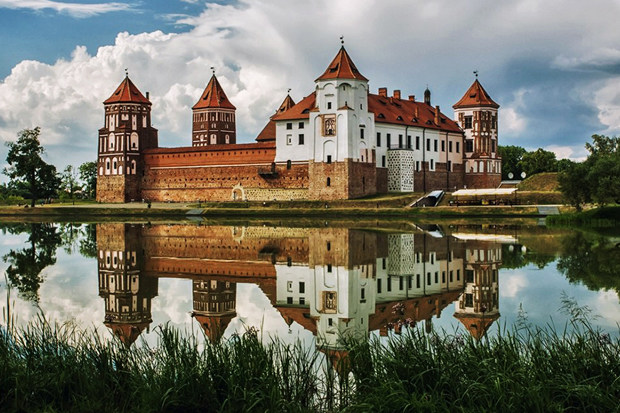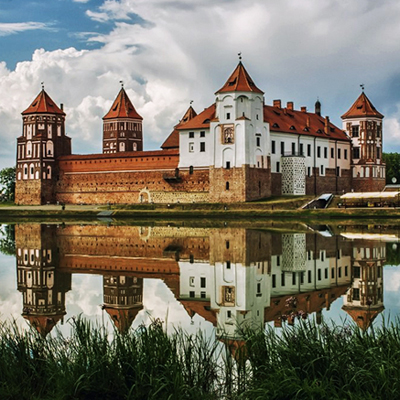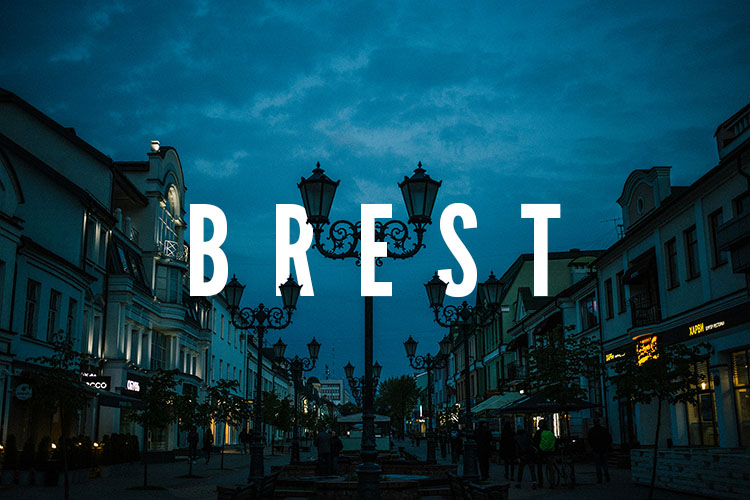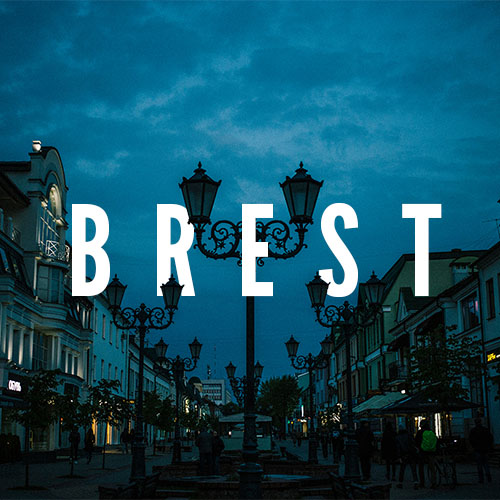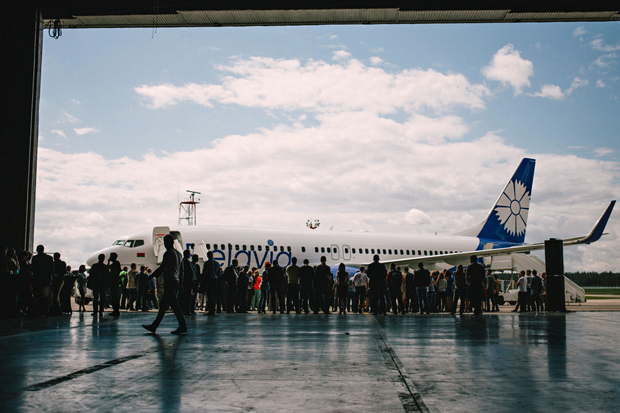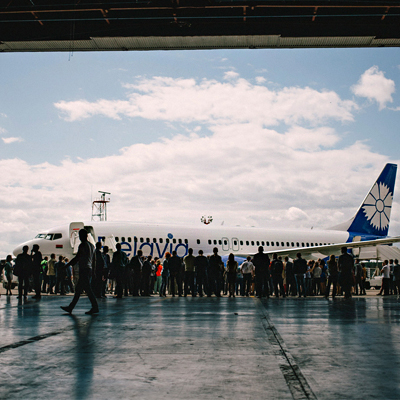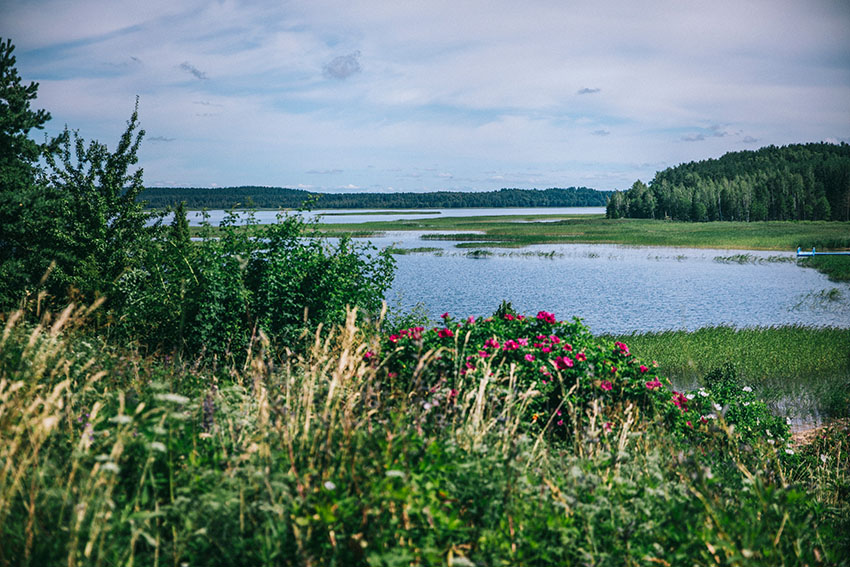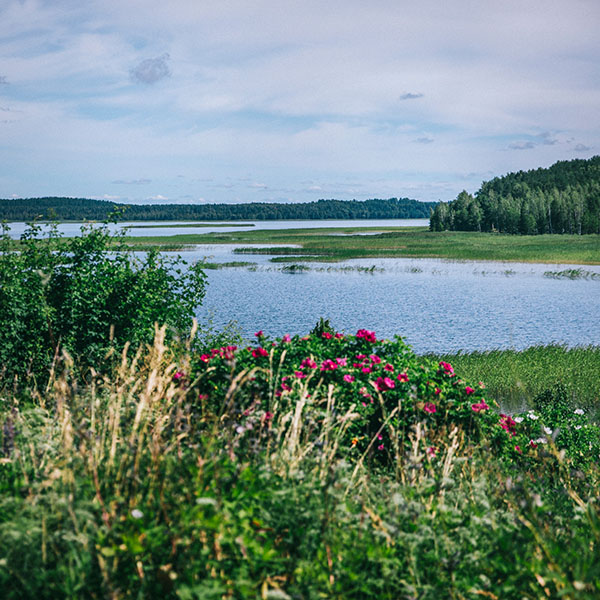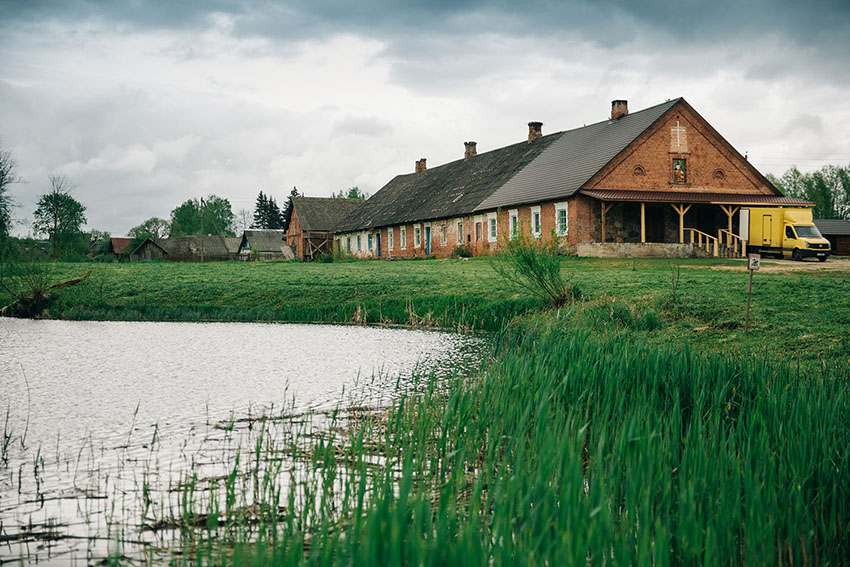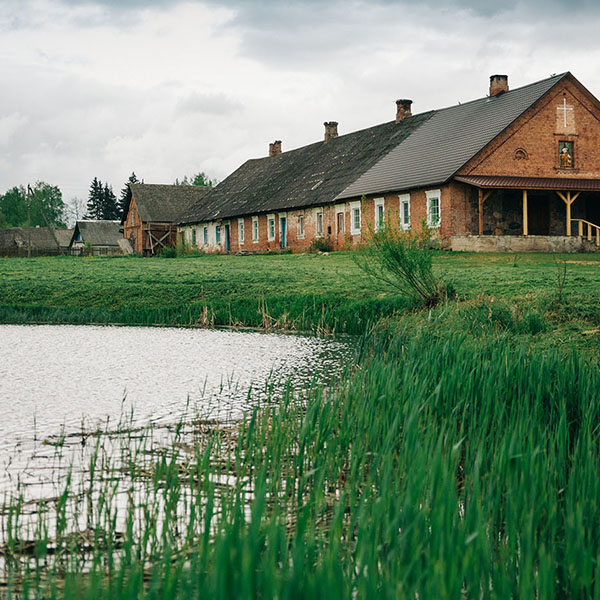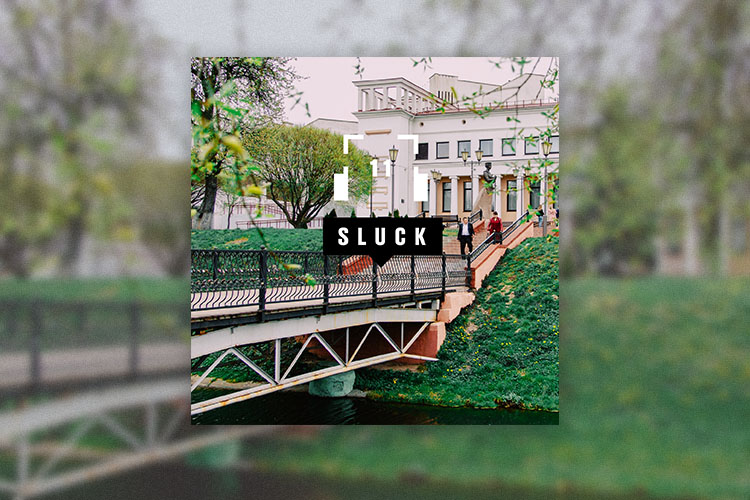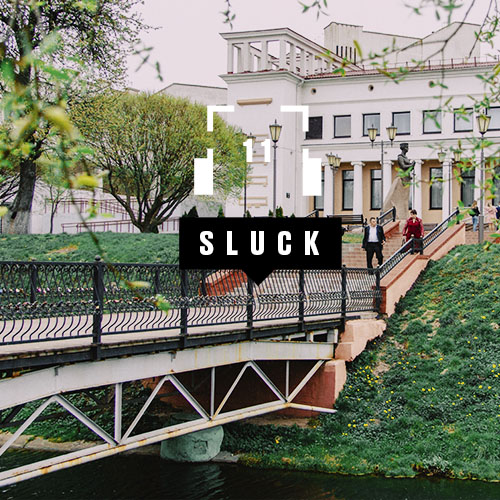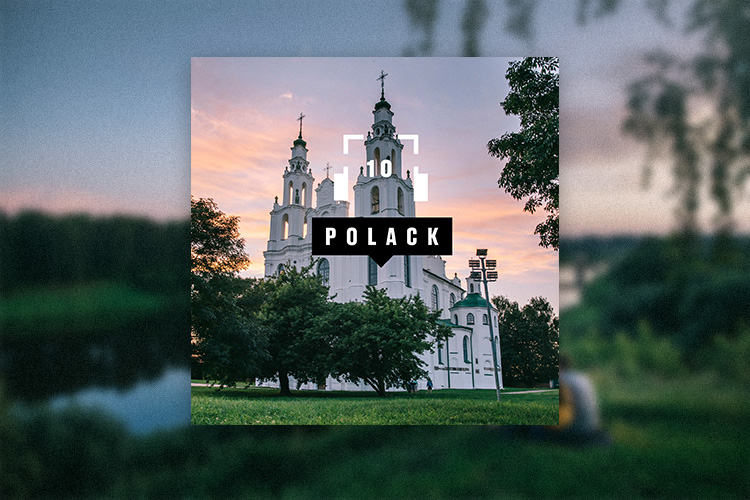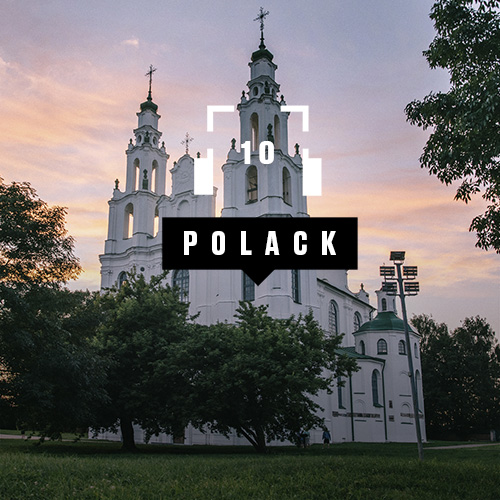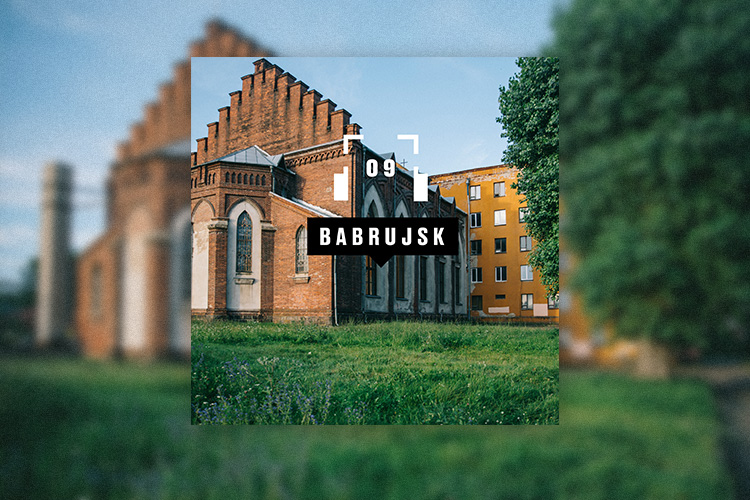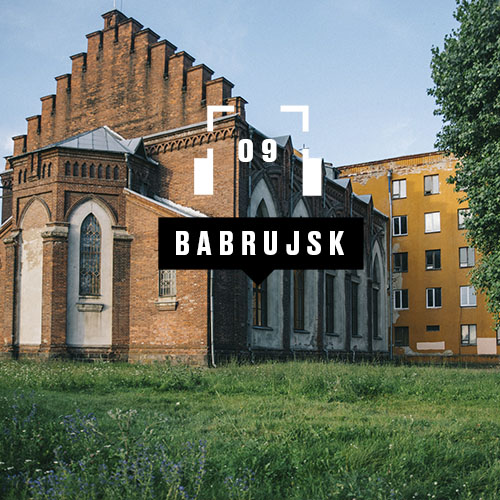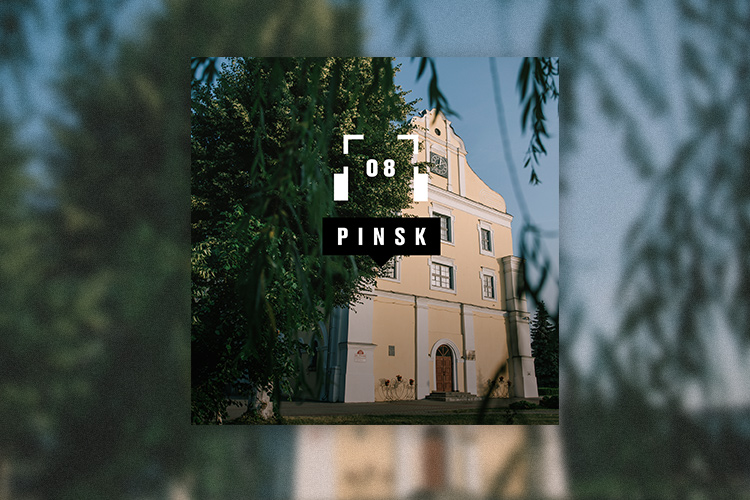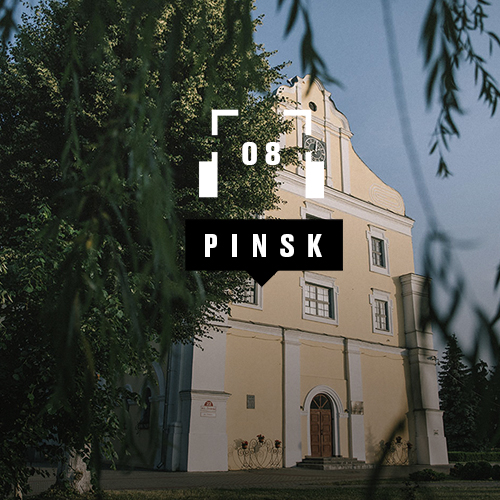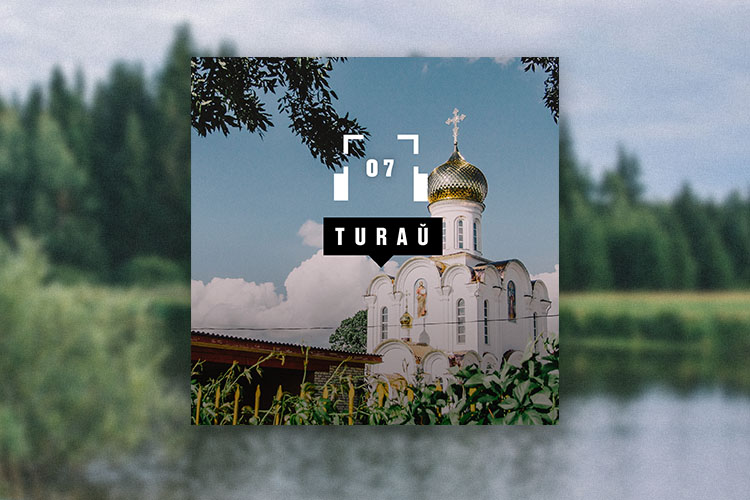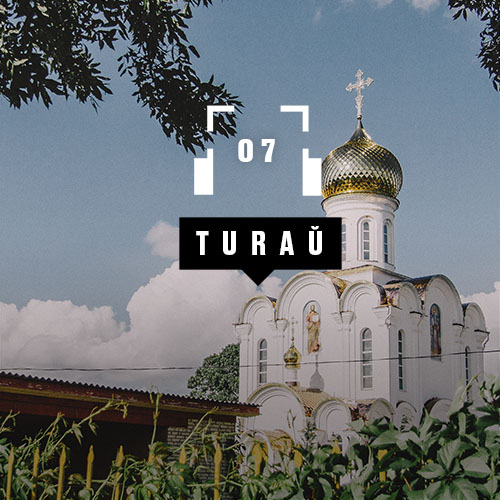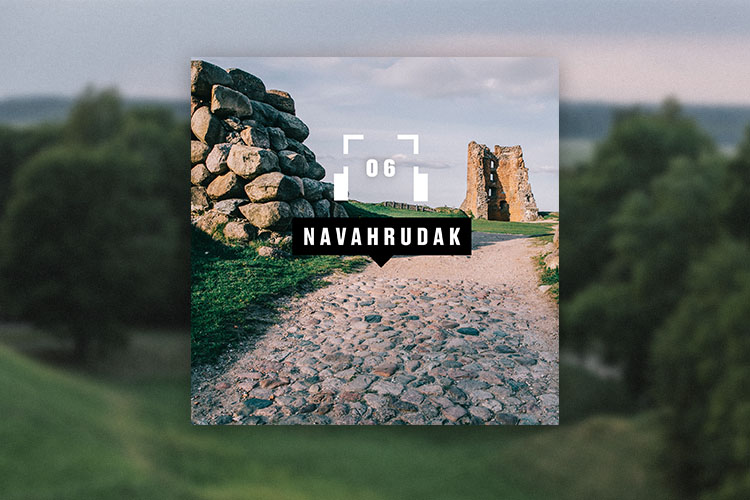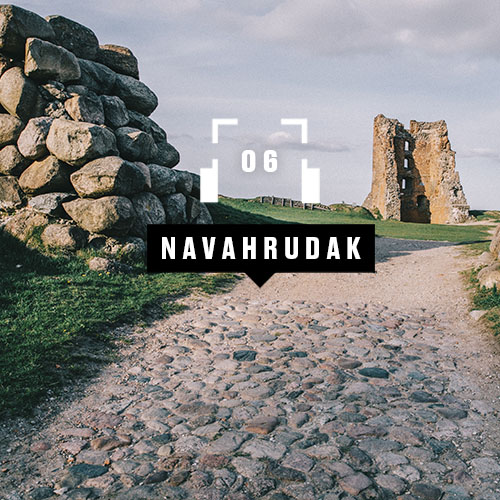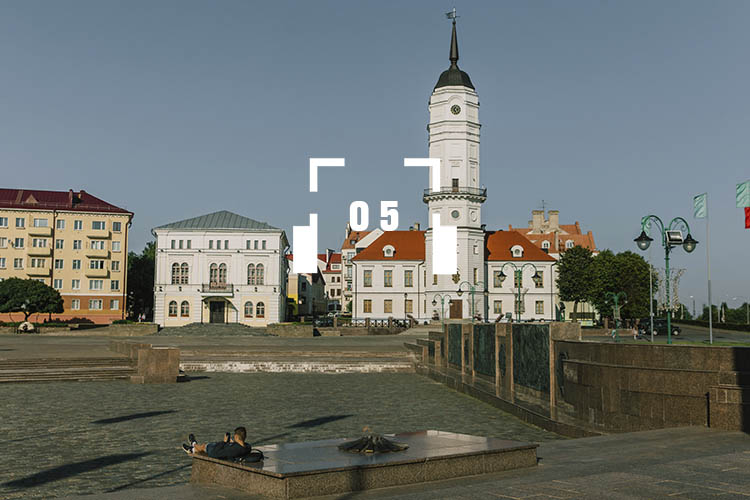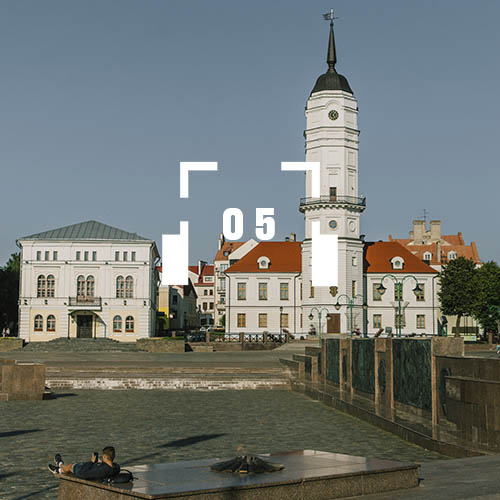Guide to the Brest Hero-Fortress
The Brest Fortress is strongly associated with the World war II: its beginning, the defense of the fortress, old writings on the walls and the huge monument. In fact the history of this place is much longer: the timeline counts for at least a thousand years from ancient times till two world wars. Here you can walk around huge green parks or interactive museums. Check out our route to dive deep into history.
How to come the Fortress
You already know how to come to Brest from our detailed guide. The address of the fortress is 60, vulica Hierojaŭ Abarony Bresckaj krepasci. There’s no convenient public transport, and the signs show up just at the nearest to the fortress road crossing. That’s why we recommend walking. The route is pretty pleasant: you can go either by Hohala boulevard or Masherava avenue.
By the way, before visiting the fortress you can drop by the local Railway Museum (2. Masherava avenue) to see retro-trains. The museum is located close to the fortress, the ticket costs about € 1.
The Brest Fortress stands on four islands: the central part is the Citadel, which is surrounded by Kobrynskaje (in the north), Valynskaje (in the south) and Ciarespalskaje (in the west) islands-fortifications. The central island appeared when the river Zachodni Buh and branches of river Muchaviec merged. Right here there was the ancient town of Biarescie, which was later renamed into Brest-Litoŭsk. The remaining three islands are formed by Muchaviec and artificial moats. Originally there were eight fortress gates, but only five survived till today.
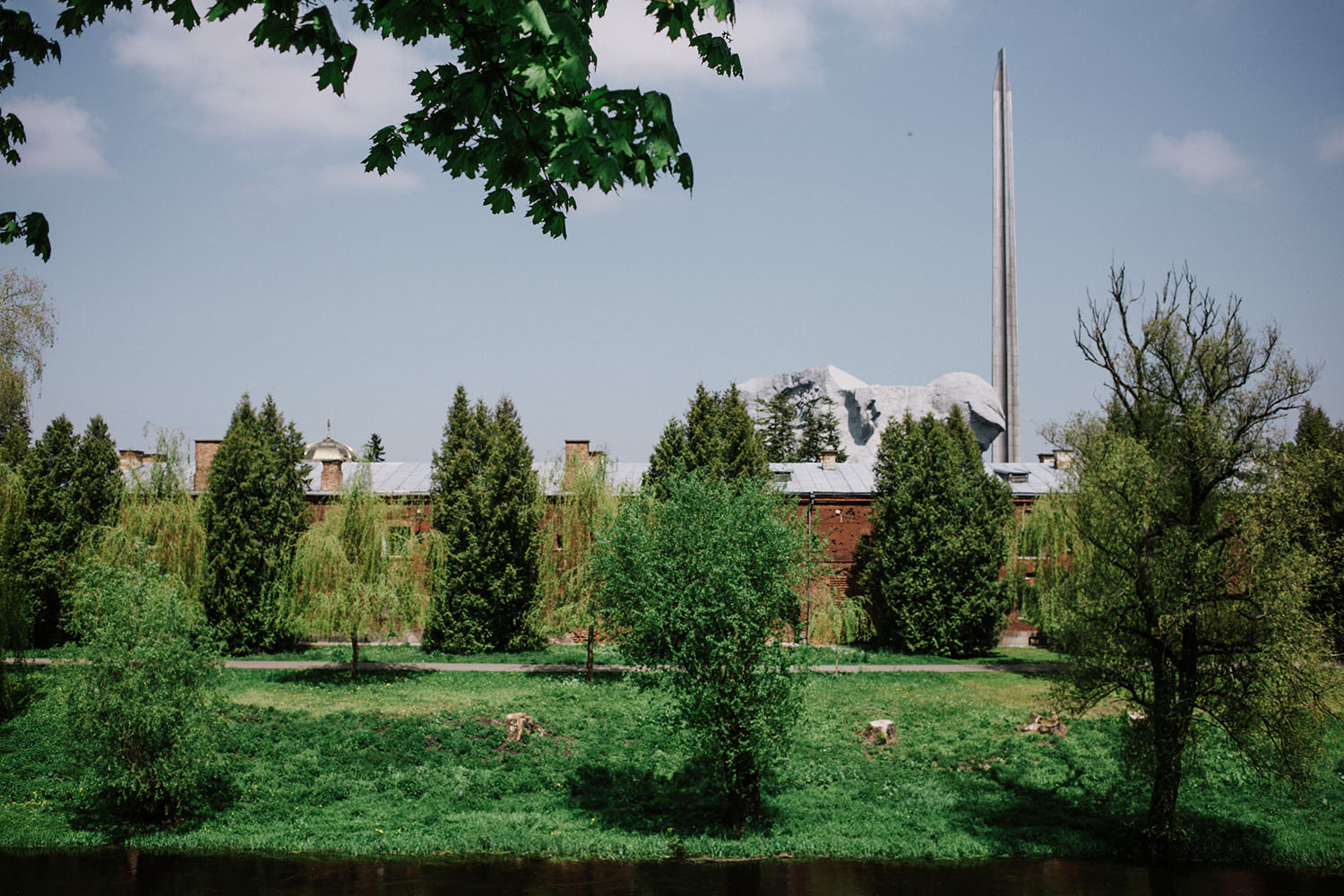
![]() History
History
The construction of the Fortress began in 1833 upon the project by Carl Opperman on the territory of the old town. It was finished by 1844. All the inhabitants of the town had to move 2 km to the east, right where the modern city of Brest is located today. By the beginning of the 20th century, the fortress was renovated a couple of times.
The fortress wasn’t much destroyed during the WWI. The Treaty of Brest-Litoŭsk was signed here: Soviet Russia ended its participation in the war and lost some of its territory. In 1920-1939 the Polish military reservations were located in the fortress, and on the second day of WWII (September 2, 1939) German planes began to throw bombs on it. On September 22 Brest and the fortress was officially given to the USSR, and in 1941 the war for the Fortress began again.
In 1956 it was decided to create the museum. It was encouraged by Sergei Smirnov’s works: he collected stories about the first days of the war and the people whose destiny was tied strongly with this place. In 1965 the fortress received the title “Hero-Fortress”, and in 1971 the memorial complex was opened.
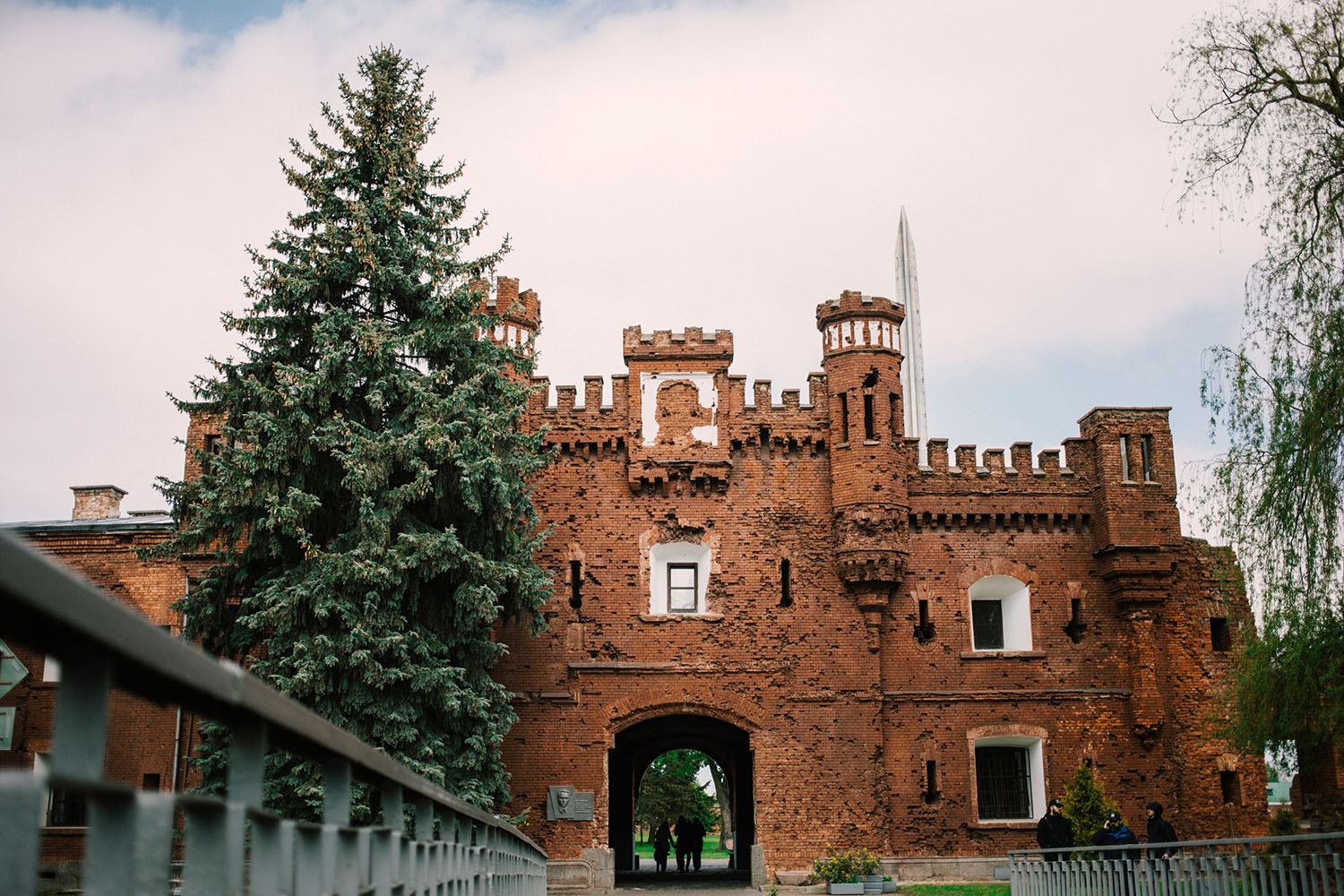
![]() The Citadel
The Citadel
The main entrance to the fortress is a huge concrete five-pointed star. Stay there for a couple of minutes: you’ll hear that very announcement about the beginning of the war. It impresses you greatly even if it’s not your first visit. Walk through the parkway and get to the central island – the Citadel.
The White Palace
Just ruins remain from the White Palace. There was a wooden church back in the 17th century, in the 18th the stone building of military assembly was constructed. In the beginning of the 20th century there were a restaurant, billiards, a dance hall and a library in that building. In 1918 the Treaty of Brest was signed here.
The Sculptural Composition “Thirst”
The iconic monument commemorates the dramatic first days of the war, when the waterline was knocked out of action and the route to the river was constantly under fire.
Ceremonial Square
A huge square with memorial stones and the names of the fallen engraved on it, the 100 m high bayonet-obelisk, the eternal flame and the main monument (which is unofficially, but commonly called “The Courage”). Solemn and sorrowful place that reminds us that war should only stay in museums.
The Engineering Administration
Before the construction of the fortress began, there had been a baroque Jesuit College here. In 1836 it was transformed into the Engineering Administration, some of its rooms were used as the emperor’s family apartment when they visited the fortress. During the WWII the building was ruined.
Art Museum
The Brest Fortress is not just about the war. You can visit the museum to see some art works by local artists. Besides paintings, there is also a miniature of ancient Brest. The ticket costs € 1.
The Museum of Brest Hero-Fortress
In the first two rooms of the museum you’ll learn the history of the WWI and the inter-war period. The following rooms thoroughly present the story of the military action: photos, documents, stuff. There’s a collection of the 18-20th centuries weapons in the last room. The ticket costs € 1.5-2.5 (and the admission is free on the last Friday of every month), the guided tour will cost you about € 5-9. The museum is open from 9 a.m. till 6 p.m. You can also book themed tours around the whole complex.
The Museum of War is the Territory of Peace
Another museum is situated in the south-eastern barracks of the Citadel. It was opened in 2014 and focuses on the personal stories of people who lived though the war. The stories are told in documents, photos, media and audio installations. The ticket costs € 1-2, opening hours are from 10 a.m. till 7 p.m. (Tuesday is a day-off). All the contact information of both museums is here.
St. Nicholas Garrison Church
The Byzantinesque orthodox church was built in 1876. In 1924, while those territories belonged to Poland, it was transformed into a catholic church (some elements still may be seen inside), since 1941 there was a garrison club there and just in 1999 the building was turned into a church again.
Kholmskija Gates
Beautiful gates with scars from bullets are the symbol of the fortress and the city in general. They used to be the main entrance to the city. The gates were named after the Polish town of Chełm and survived through both wars. They were also called Hospital Gates, because they led to the island where the hospital was located. There’s a bridge, which will bring you to Valynskaje fortification, behind the gates.
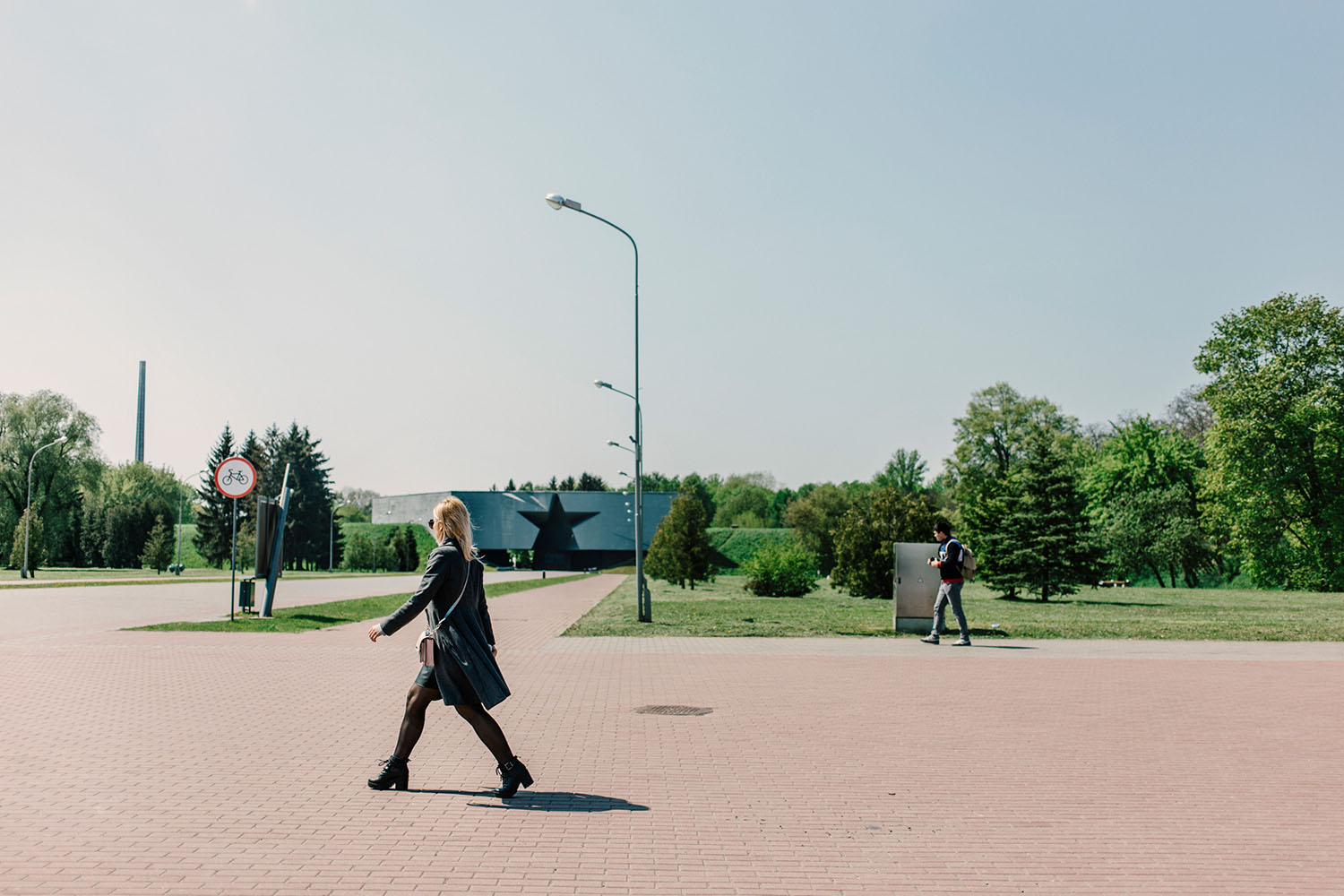
![]() Valynskaje Fortification (Hospital Island)
Valynskaje Fortification (Hospital Island)
The Archeological Museum “Biarescie”
Let’s dive into the deepest layer of local history. It is the only museum of medieval eastern European town in the world, which is situated exactly where the ancient town of Biarescie was situated. 13th century houses, roads and furnances have been preserved there. You can see all this from the above. Today the museum is under reconstruction, but as soon as it’s finished, we strongly recommend visiting this medieval city.
Bernardine Monastery Ruins
In the 17th century there was a Bernardine monastery. In 1842 the building became a military school, and then a hospital. Today it is just the foundation, basement and ruins of two floors with trees growing inside.
The St. Mary Nativity Orthodox Convent
This convent has been rebuilt, but is working today. The convent was here already in the 17th century, but it was demolished during the construction of the fortress. The new building of the convent is preserved from 1854. Right behind the convent there are Southern Gates leading back to the city.
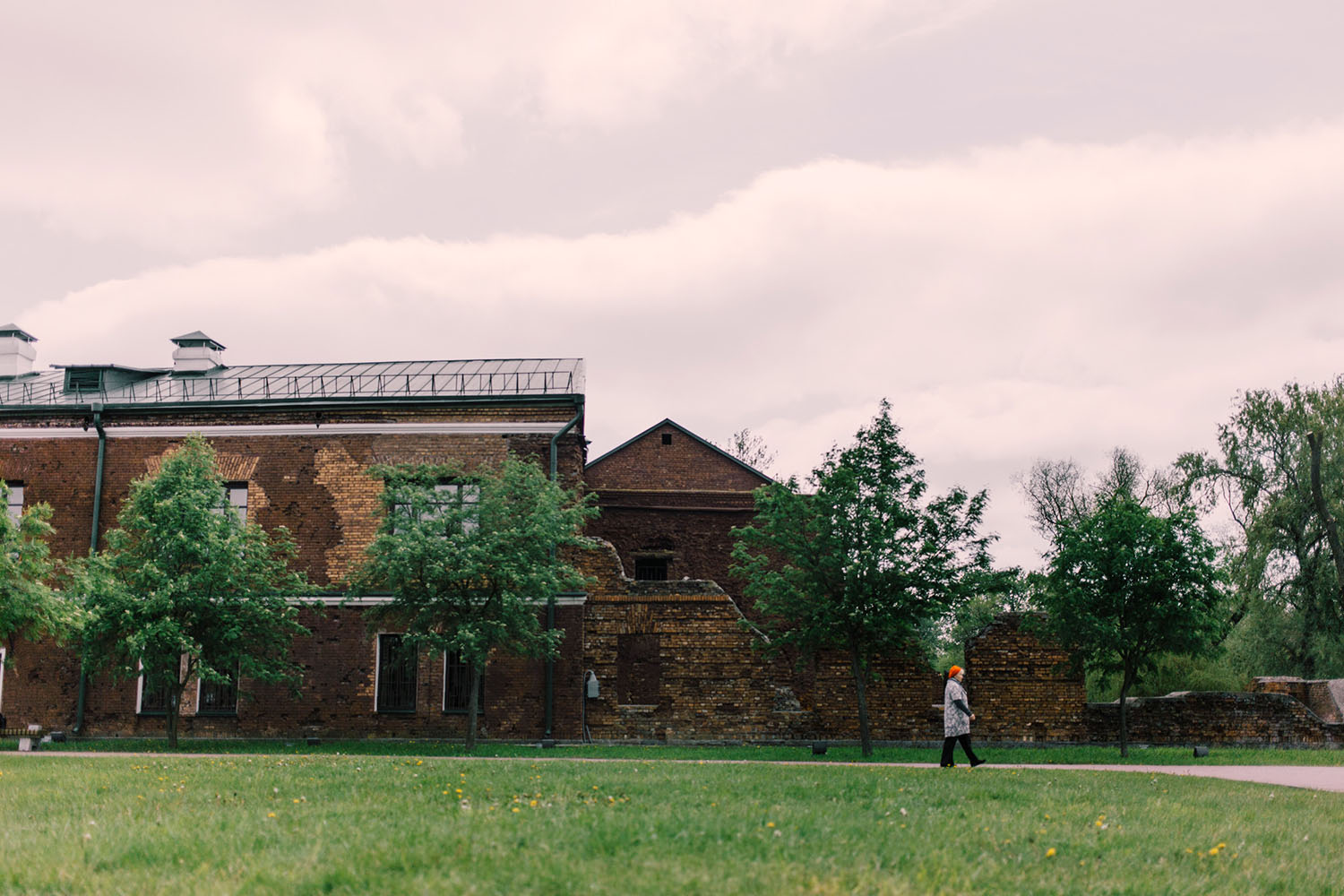
![]() Ciarespalskaje Fortification (Bordering Island)
Ciarespalskaje Fortification (Bordering Island)
The ruins of a few barracks remained on the bordering island. If you want to visit it, you have to apply in advance (10 days before) and bring your passport and the official permission to enter the borderland. Tourists are allowed to stay at the island only with guided groups (and a border guard). If it doesn’t sound appealing enough, you can just see how the rivers Buh and Muchaviec run one into another: you’ll notice that they have different colors. There also was a wire bridge to the island: it was the biggest wire bridge in the Russian Empire. Nowadays we can see just some elements of its foundation.
![]() Kobrynskaje Fortification (Northern Island)
Kobrynskaje Fortification (Northern Island)
Northern Island is not as popular as the Central one. There are fewer people and it’s very green (it actually looks like a gigantic park). Of course, there are some military fortifications. Have a look at the western and eastern forts and the bastion, walk along the earth wall or just wander around among fields and trees. Local legends tell stories of a mysterious half-ruined monument (which is believed to be a sculpture of Polish pioneers installed in the 1930s), the boulevard with the remains of red pavement (red from the blood of the soldiers who died here, according to the story) and a small round lake (appeared in a bomb crater – again, according to the local mythology).
Besides the fortress, there are two rings of the forts in about 6-10 km from it (some of them are on the Polish territory). Most of them are ruined or almost ruined, but some of them were turned into museums. For example, The 5th Fort (99, vulica Staradarožnaja).

Food & Souvenirs
You can buy souvenirs and have a pancake in front of the entrance to the complex, but these shops are only open during summer. You can also look for souvenirs in the Museum of Brest Hero-Fortress, in the building near Kholmskija Gates and in the South-eastern barracks (next to the monument “Thirst”). Head for the café “Citadel” on the northern island to have dinner. It’s located in the historical building that used to be casemates of an artillery squadron.
Info
The official website of the memorial complex – brest-fortress.by.
If you want to explore the huge territory of the fortress on your own, make sure to download the free app with information and historical photos of each spot and four themed routes. The app is available in English.
Photos by palasatka

